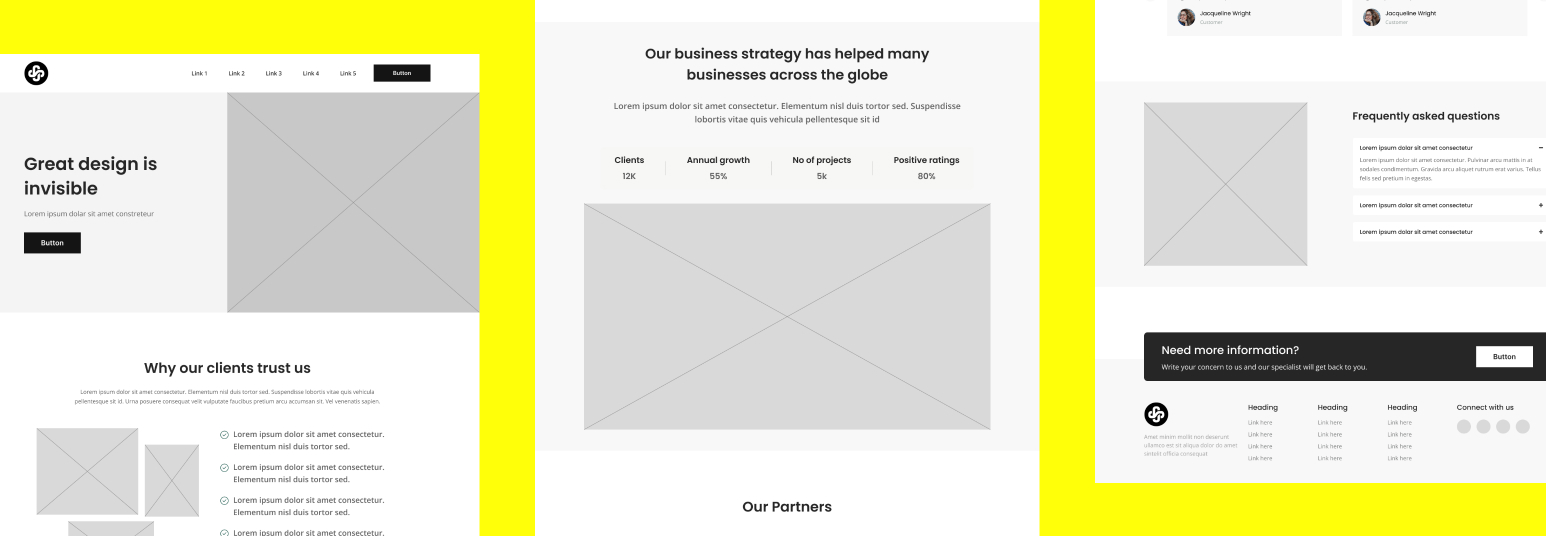Your landing page, is one of the, if not THE, most important things for your business. With digital technology rapidly evolving, it is rare to see a business without its own website.
To make things clear, a landing page is a single web page that appears in response to clicking on a Search Engine Optimised search result or an online advertisement. This is different from a website, which is a set of related web pages including multimedia content that can be identified with a domain name.
UX is User Experience and UI is User Interface. Similar, yet very different. UX design focuses on creating a seamless and meaningful user experience by understanding user needs, conducting research, and designing intuitive interfaces, while UI design focuses on the visual, interactive elements of a product to create aesthetically pleasing interfaces.
Here are 10 common mistakes to make sure you avoid when designing your website:
- Poor navigation – This can frustrate users and cause them to leave your site, leading to higher bounce rates and lower rankings.
- Slow response times – If your site is down or is too slow to load fully, users will not be interested in continuing with the site.
- Complicated CTA buttons – The button should do exactly what it says. Keep the button simple. E.g. ‘Apply now’, ‘View Menu’, Visit Website’.
- Lack of accessibility – Inaccessible design elements, such as images without alt tags or poor colour contrast, can negatively impact user experience and search engine rankings.
- Not being mobile-friendly – Search engines prioritise mobile-friendly sites, so make sure yours is optimised for all devices.
- Too many pop-up ads – Too many pop-ups or ads can interfere with the user experience, making it difficult for visitors to navigate your site or access your content.
- Confusing forms – Make sure the fields in your forms are clear and the correct information is filled out.
- Inconsistency with the design – Make sure all text fonts, colour schemes, and alignment are the same.
- Low contrast – Try to avoid low contrast colour schemes as they are stressful and result in eye strain and fatigue.
- Bad iconography – Make sure you are clear with what you are trying to present through the use of icons.
To conclude, a UX designer’s primary goal is for each user to have a positive interaction with a product or service. Whether the interaction solves a problem, provides entertainment, or helps the user find critical information, the experience should leave the user feeling fulfilled. On the other hand, the UI design process may include buttons or widgets, text, images, sliders, and other interactive elements. UI designers ensure that every visual element, transition, and animation included within a product or service is setting the stage for a fluid, positive experience. Though they comprise different responsibilities, UX and UI make up a site or application’s entire usability design process.





